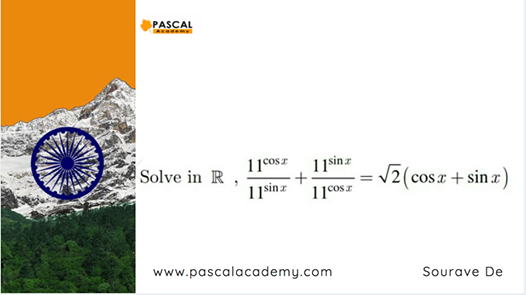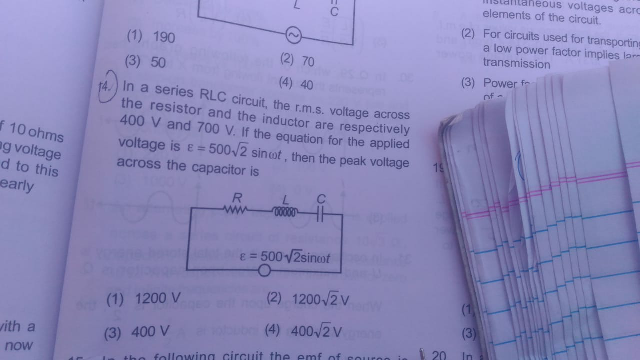
Question and Answers Forum
AllQuestion and Answers: Page 1477







Pg 1472 Pg 1473 Pg 1474 Pg 1475 Pg 1476 Pg 1477 Pg 1478 Pg 1479 Pg 1480 Pg 1481
|
Question and Answers Forum |
AllQuestion and Answers: Page 1477 |
| calculate Σ_(n=1) ^∞ (((−1)^n )/(n^3 (n+1))) |

|
| The radius of circle having minimum area,which touches the curve y=4−x^2 and the lines y=∣x∣ is ? |

|

|
| There are 128 players in the first round of a knockout competition. Half of the players were knocked out in each round. How many players took part in the fourth round? How many rounds were there in this competion? |

|
| If R is a region enclosed by y = f(x), y = g(x), x = a, x = b, is it possible to have f(x) and g(x) such that the center of gravity (x^ , y^ ) is not inside R ? |
| 1)findF(a)= ∫_0 ^∞ ((cos(ln(2+x^2 )))/(a^2 +x^2 ))dx witha>0 2) find the value of ∫_0 ^∞ ((cos(ln(2+x^2 )))/(4+x^2 ))dx. |
| find the value of Σ_(n=2) ^∞ ((3n^2 +1)/((n−1)^3 (n+1)^3 )) |
| let A_n =∫_0 ^n ((t[t])/(3+t^2 ))dt 1)calculate lim_(n→+∞) A_n 2) find nature if Σ A_n |
| calculate lim_(x→1) ∫_x ^x^2 ((arctan(t))/(sint))dt . |
| let f(x) =((ln(1+x))/(2−x^2 )) 1)calculate f^((n)) (x) 2) calculate f^((n)) (0) 3)developp f(x) at integr serie. |
| if F(x,y)=F(y,x) and x+y=c (constant) prove that F_(max or min) =F((c/2),(c/2)). |
| prove sin18×cos36=(1/4) |
| ((4tan75)/(1−tan^2 75))=(1/(cos150)) find tan75 in surd form |
| Two conductors has total charge of +10.0μC and −10μC with 10volt between them. (a) Determine the capacitance between them (b) what is the p.d between the two condoctors if the charge on each are increased to +100μC and −100μC respectively ? |

|
| If sin x+cosec x=2, then sin^n x+cosec^n x is equal to |
| 1) lim_(x→0) (x/(e^(1/x) +1)) = ? 2) For xεR, f(x)=∣ln2−sin x∣ and g(x)=f(f(x)), then prove that g′(0)=cos (ln2). |
| Find all solutions of x, y, z integers that satisfy x^3 + y^3 + z^3 = 33 |

|
| is there a way to find the sum to infinity of a product operator e.g product of 1.2.3.4.5 ... [1, infinity] |

|
| let A_n =∫_0 ^∞ (dt/((e^t +e^(−t) )^n )) calculate A_n interms of n |
| let U_n =n ∫_1 ^π ((sinx)/x^n )dx calculate lim_(n→+∞) U_n |
Pg 1472 Pg 1473 Pg 1474 Pg 1475 Pg 1476 Pg 1477 Pg 1478 Pg 1479 Pg 1480 Pg 1481 |